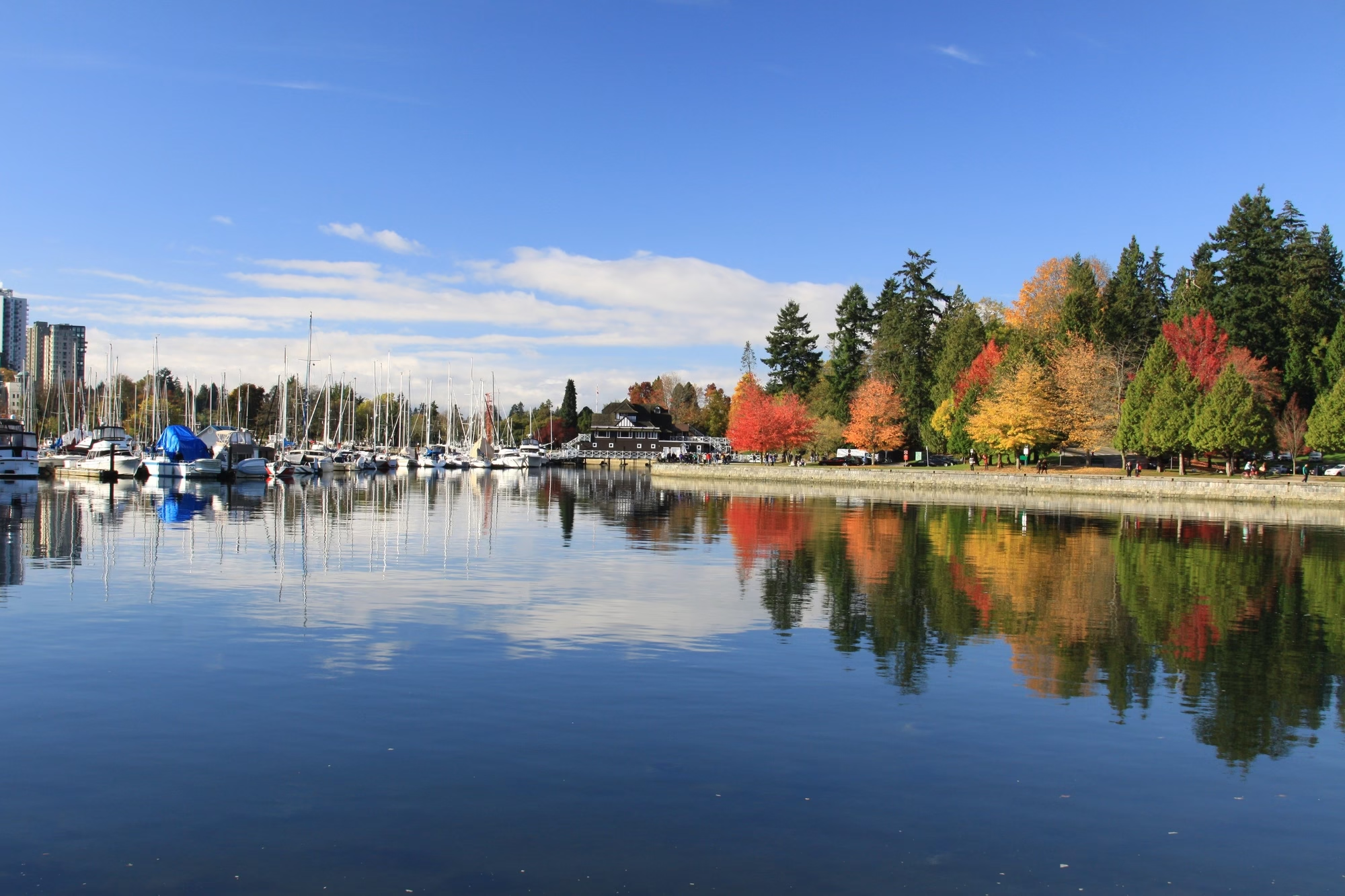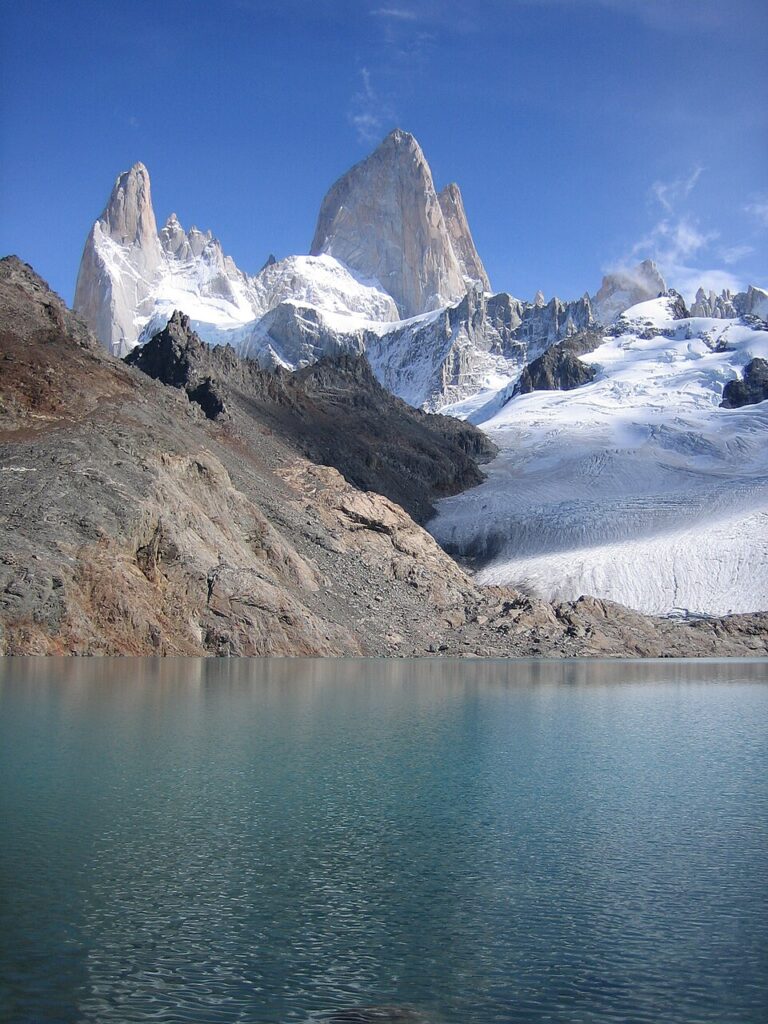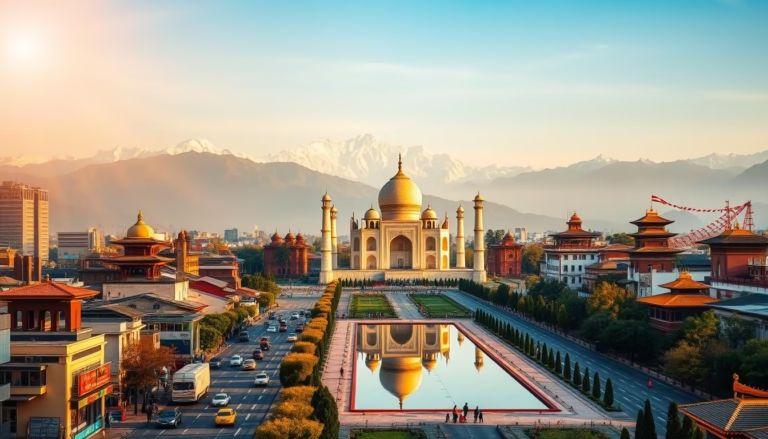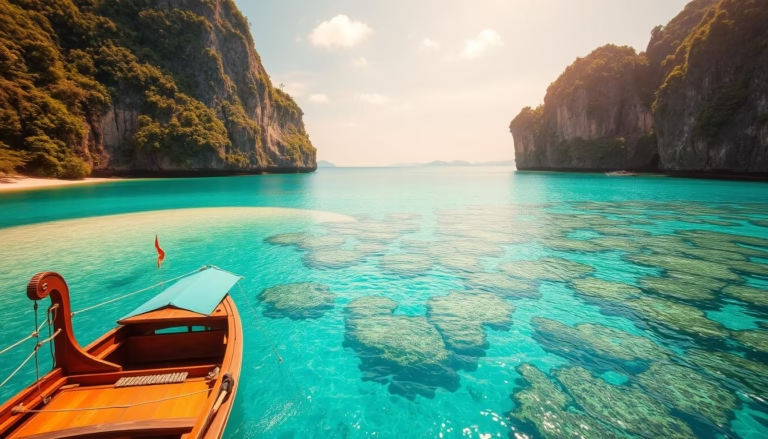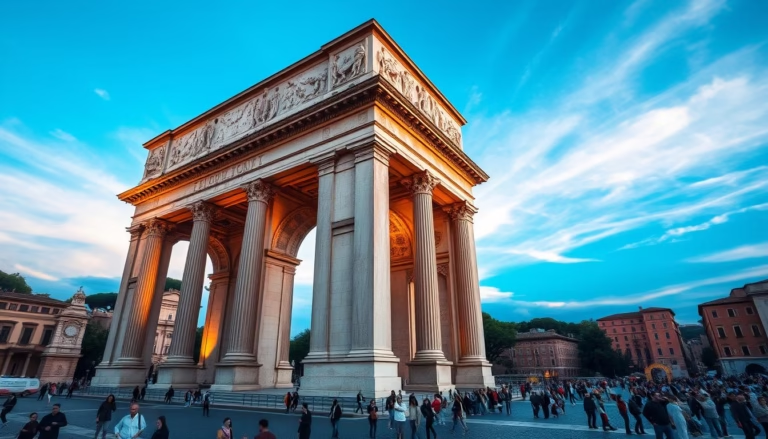10 Iconic Statues Around the Globe
From ancient wonders to modern marvels, statues have captured the human spirit for millennia. These incredible works of art not only celebrate significant figures in history and mythology but also serve as unique cultural landmarks for their respective locations. Join us as we delve into the fascinating world of the ten most iconic statues that grace our planet today.
Table of Contents
- Olmec Heads
- Statue of Liberty
- Moai
- Christ the Redeemer
- Great Sphinx
- Mount Nemrut
- Little Mermaid
- Lions of Delos
- David Statue
- Mother Russia Statue
Olmec Heads
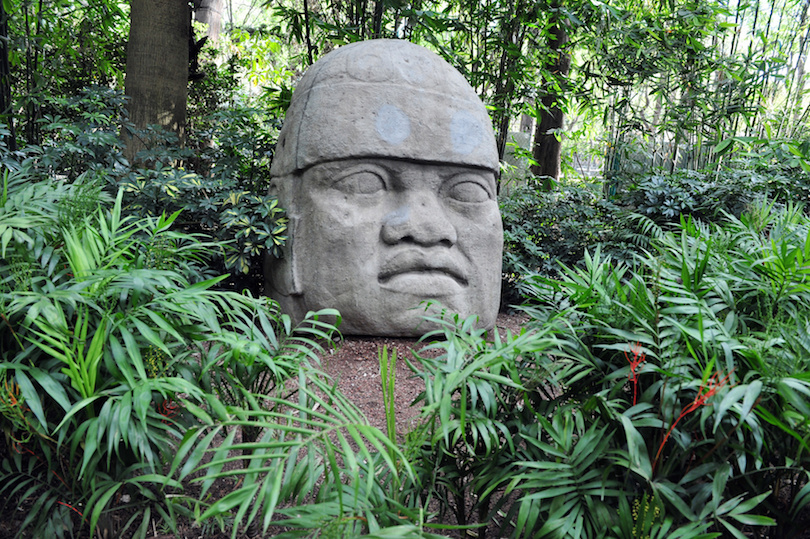
The Olmec civilization, which flourished in present-day Mexico, is known for its impressive colossal heads carved from basalt. These heads, estimated to weigh between 6 and 50 tons, are believed to represent rulers and were created as early as 1400 BC. Each head is distinct, showcasing detailed facial features and helmet-like headdresses, reflecting the cultural importance of leadership during this ancient period. Interestingly, the artistry and sheer scale of the Olmec heads convey a sense of power and reverence for their rulers, captivating visitors who come to admire these monumental works.
Statue of Liberty
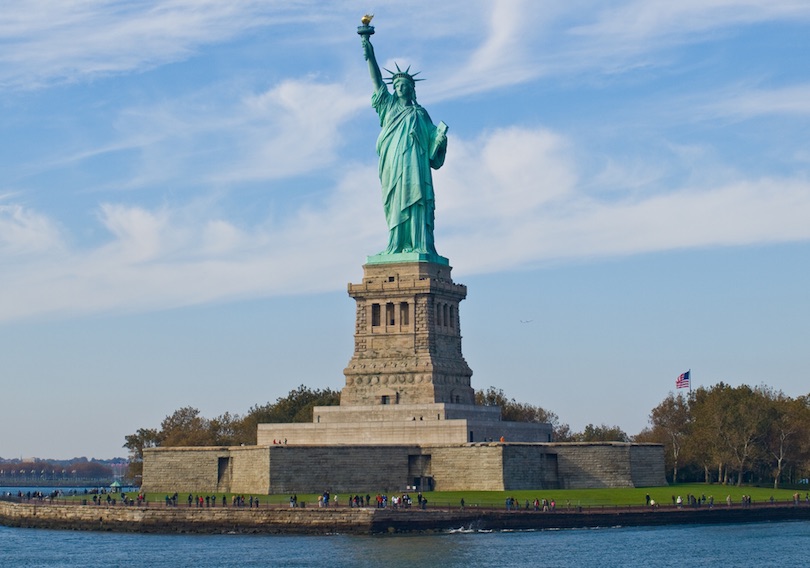
The Statue of Liberty stands as a formidable icon of freedom and democracy, gifted from France to the United States. Erected in 1886, this towering figure depicts a woman in a robe, holding a torch aloft in her right hand and a tablet in her left inscribed with the date of the American Declaration of Independence. Perched on Liberty Island in New York Harbor, it has welcomed millions of immigrants to America, serving as a symbol of hope and opportunity. The statue’s green patina, resulting from copper oxidation, represents the passage of time and the enduring nature of its mission to inspire all those seeking a new life.
Moai
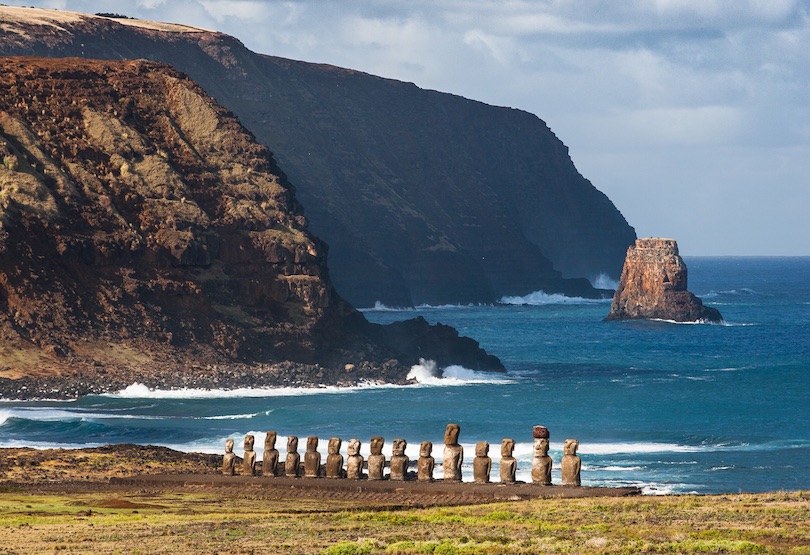
The intriguing Moai of Easter Island are monumental statues carved by the Rapa Nui people between 1250 and 1500 AD. These statues, representing ancestral figures, are unique due to their large heads, which make up about one-third of their total height. While some Moai are found along the coastline, others stand atop ceremonial platforms known as Ahu, giving insight into the island’s rich spiritual heritage. The tallest Moai, named Paro, stands at nearly 10 meters high and weighs an astonishing 75 tons. These evocative statues tell the story of a civilization that deeply revered its ancestors, linking the past with the present.
Christ the Redeemer
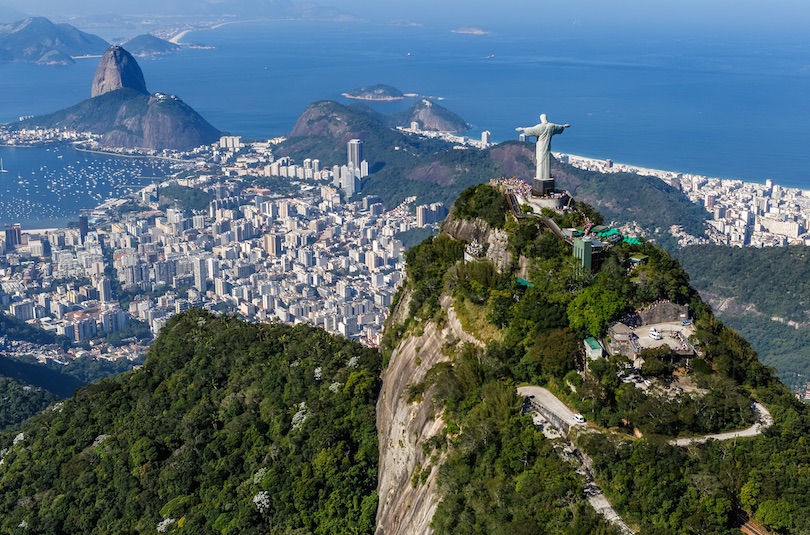
Perched atop the Corcovado Mountain, the Christ the Redeemer statue is a beloved emblem of Brazil and an iconic image recognized around the world. Standing 30 meters tall and surrounded by breathtaking views of Rio de Janeiro, this statue depicts Christ with open arms, perfectly symbolizing peace and welcome. Built between 1922 and 1931, it is made of reinforced concrete and soapstone, showcasing remarkable craftsmanship and design. Visitors flock to this monumental statue not only to experience its impressive scale but also to take in the panoramic vistas of the stunning Brazilian landscape.
Great Sphinx
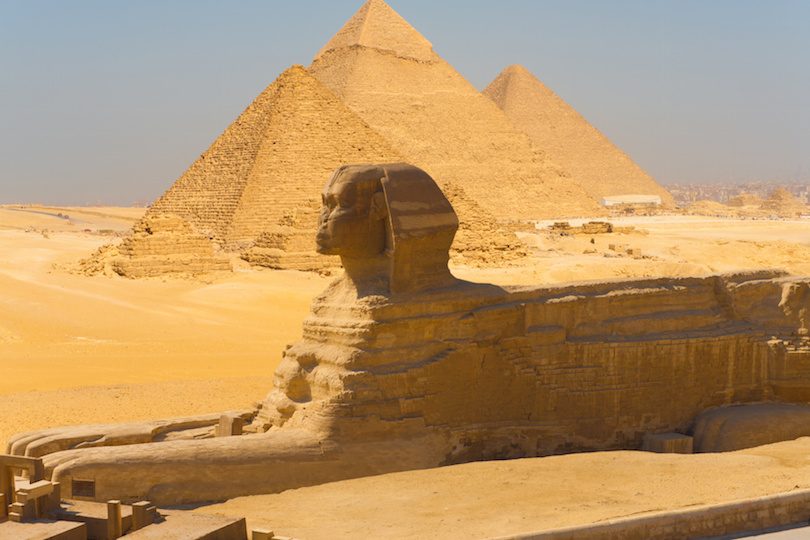
The Great Sphinx of Giza is not only one of the oldest known sculptures but also one of the largest, measuring an impressive 73 meters long and 20 meters high. This limestone statue features a lion’s body and a human head, traditionally believed to represent Pharaoh Khafre. Constructed around 2500 BC, it has withstood the test of time, with its origins remaining a subject of scholarly debate. The Sphinx continues to intrigue historians and archeologists, attracting tourists from all over the globe who come to marvel at its grandeur and the enduring mystery surrounding its creation.
Mount Nemrut
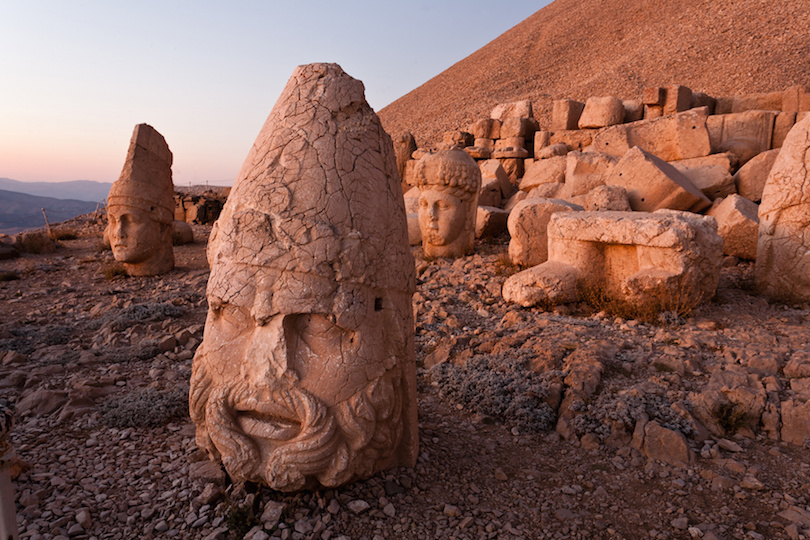
Mount Nemrut, located in southeastern Turkey, is famous for the monumental statues that adorn its summit, built by King Antiochus I in the 1st century BC. The site is notable for its striking statues depicting various deities, including Hercules and gods from both Greek and Persian mythology. The colossal stone heads of these statues have toppled over time, creating a haunting landscape. Visitors are drawn to Mount Nemrut not only for its incredible artwork but also for the breathtaking sunrises that illuminate the site, giving it an ethereal quality.
Little Mermaid
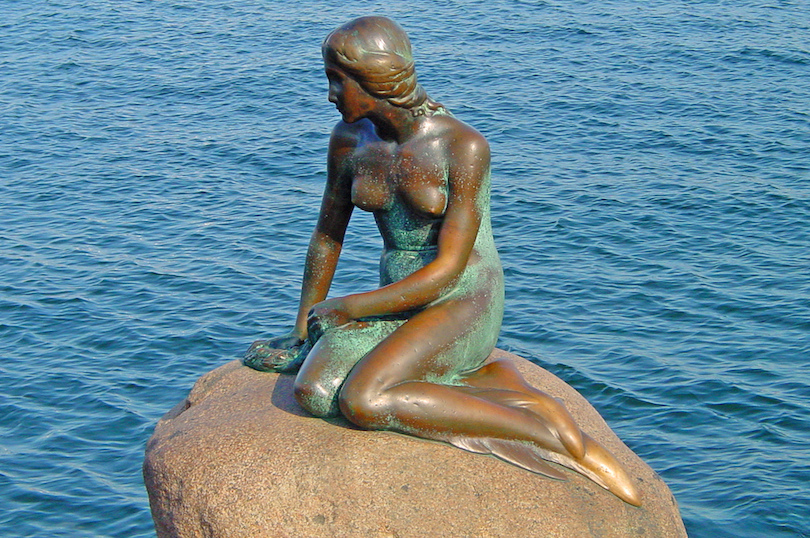
Denmark’s Little Mermaid statue is a national treasure that tells the enchanting tale of Hans Christian Andersen’s mermaid who dreams of becoming human. Installed in 1913, this bronze sculpture sits serenely on a rock in Copenhagen Harbour, captivating visitors with its charm. Although small—standing just 1.25 meters tall—it has become a cultural icon, enduring many years of wear and even multiple acts of vandalism. Its delicate beauty and the story it represents attract countless tourists, making it one of the most photographed statues in the world.
Lions of Delos
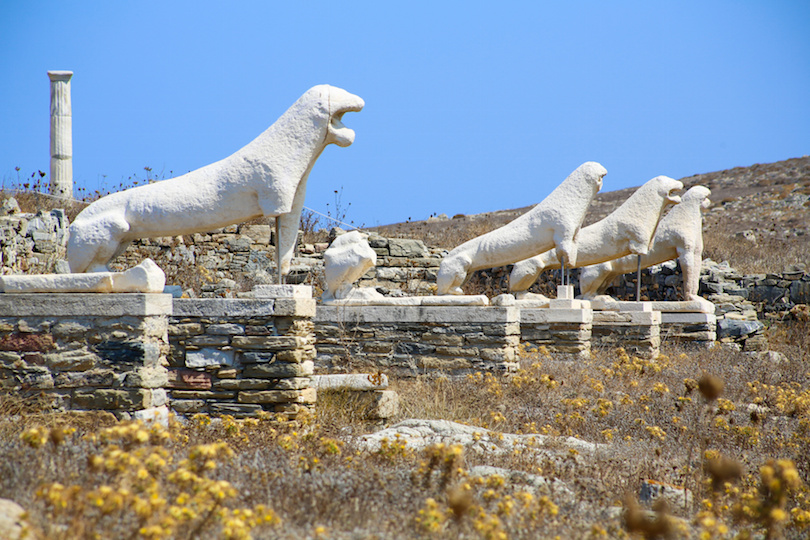
On the sacred island of Delos, near Mykonos, stand the Lions of Delos, a historically significant set of twelve marble sculptures. Dating back to around 600 BC, these lions served to route visitors along the Sacred Way as guardians over the island, known as the birthplace of Apollo and Artemis. The original lions have been moved to safety in the Archaeological Museum of Delos, leaving replicas in their place. Their remains still evoke the mystery and significance of the site, drawing history enthusiasts and tourists eager to learn about the ancient mythological past of Greece.
David Statue
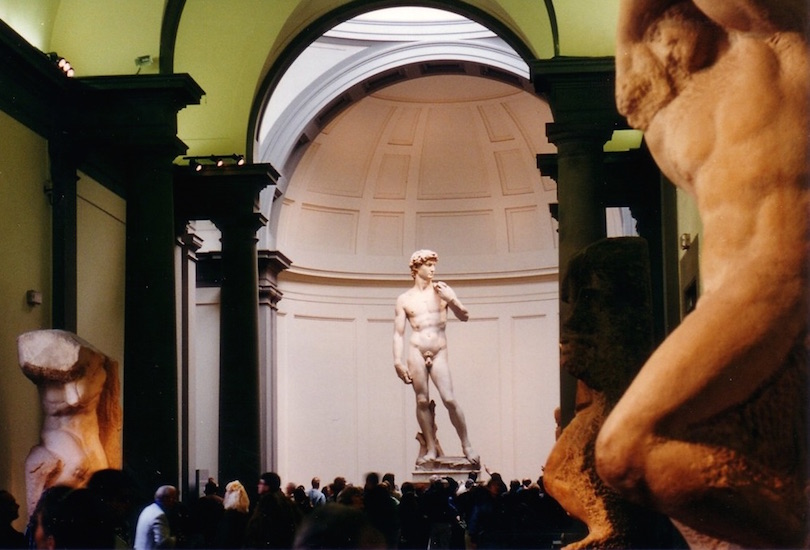
Michelangelo’s David is regarded as one of the finest works of Renaissance sculpture, embodying the beauty of the human form. Carved from 1501 to 1504, this stunning statue stands at 5.17 meters tall and depicts the biblical hero David before his legendary battle with Goliath. Ensconced in the Accademia Gallery in Florence, it attracts millions of visitors each year who are awed by its intricate detail and powerful expression. The statue not only represents artistic brilliance but also reflects the cultural spirit of the Renaissance, symbolizing strength and human potential.
Mother Russia Statue
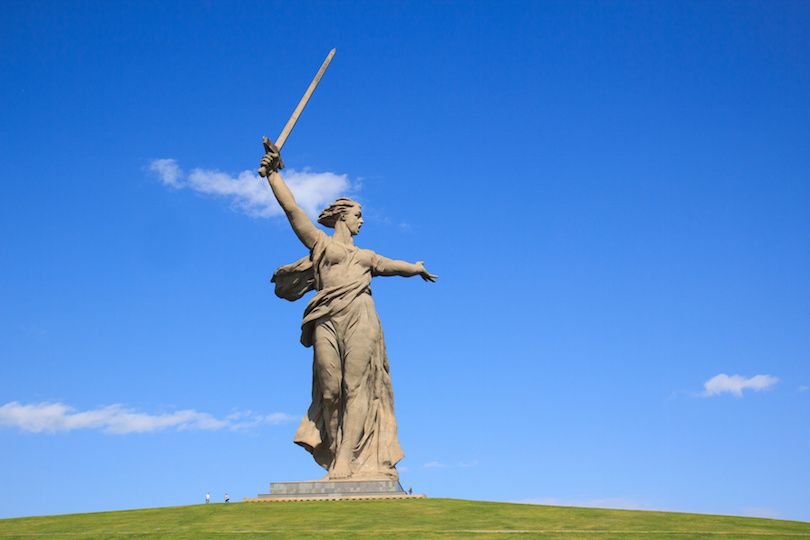
In Volgograd, the Mother Russia statue, known as The Motherland Calls, commemorates the valiant efforts of Soviet soldiers during the Battle of Stalingrad. Dedicated in 1967, it towers at an astounding 85 meters, making it one of the tallest statues in the world. The monument’s design incorporates a symbolic 200-step staircase leading to its base, representing the 200 days of fierce fighting during the battle. The statue stands as a testament to resilience and strength, attracting numerous visitors who come to pay their respects and honor history.
